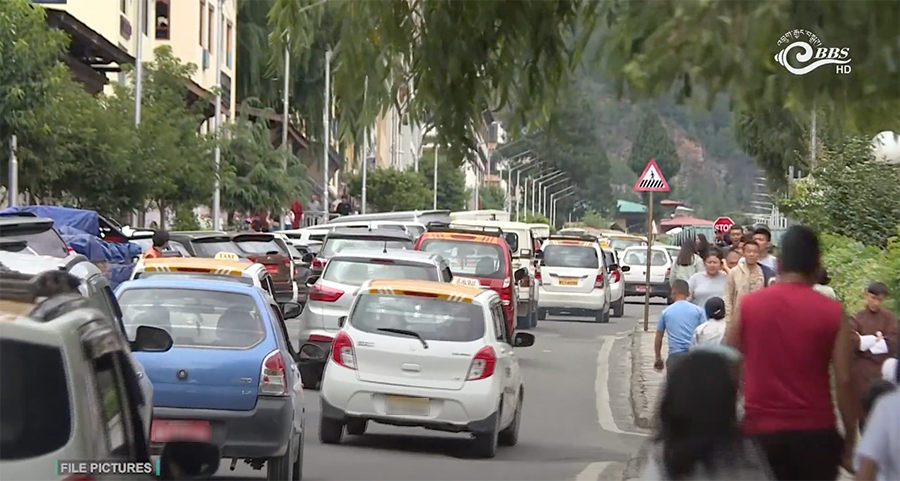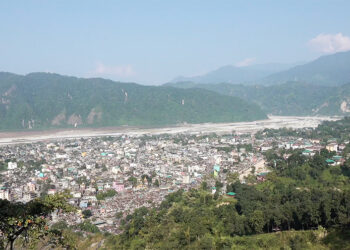 In 2023, Bhutan imported 210 million litres or 1.3 million barrels of petrol and diesel. This is according to the Environmental Accounts Statistics, 2024. Diesel imports rose by 43 per cent from 2022, while petrol imports hit a 52 per cent increase. The report reflects a surge in vehicles and industrial activities, potentially straining Bhutan’s foreign reserves and widening the trade deficit.
In 2023, Bhutan imported 210 million litres or 1.3 million barrels of petrol and diesel. This is according to the Environmental Accounts Statistics, 2024. Diesel imports rose by 43 per cent from 2022, while petrol imports hit a 52 per cent increase. The report reflects a surge in vehicles and industrial activities, potentially straining Bhutan’s foreign reserves and widening the trade deficit.
Diesel imports alone reached 154 million litres while petrol imports rose to nearly 56 million litres in 2023. The rising trend in fuel consumption can be partly attributed to the growing number of vehicles in the country.
 According to the Road Safety and Transport Authority, the number of registered vehicles increased by around 4,000 between mid-2022 and the end of 2024, bringing the total to almost 130,000 vehicles.
According to the Road Safety and Transport Authority, the number of registered vehicles increased by around 4,000 between mid-2022 and the end of 2024, bringing the total to almost 130,000 vehicles.
The trend could also be attributed to increased cross-border activity after the COVID-19 pandemic.
However, Bhutan re-exports fuel to foreign vehicles, such as Indian trucks and tourist vehicles. According to the report, in 2023, 15.7 million litres of fuel, enough to fill nearly 750 oil tankers, were sold to these vehicles, mostly at border towns like Phuentshogling and Samdrup Jongkhar. Re-exports surged in 2023 by 50 per cent compared to 2022, driven by post-pandemic cross-border activity. While these sales generate revenue, they also strain Bhutan’s fuel supplies.
Looking at it from a financial standpoint, the increase in fuel import widens the trade deficit and strains foreign reserves of the country.
Despite abundant hydropower resources, Bhutan’s slow adoption of electric vehicles (EVs) and limited charging infrastructure continue to hinder the shift to cleaner transportation. The country’s Low Emission Development Strategy for Surface Transport 2021 recommends strong measures such as promoting EV use, improving public transport, and regulating fuel re-exports to prioritise domestic needs among others to tackle this issue.
Karma Samten Wangda
Edited by Kipchu








